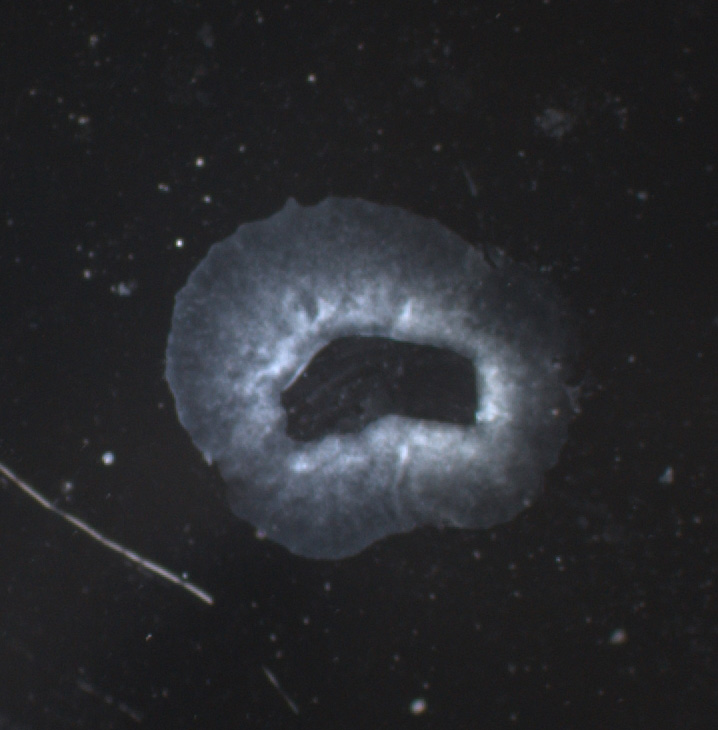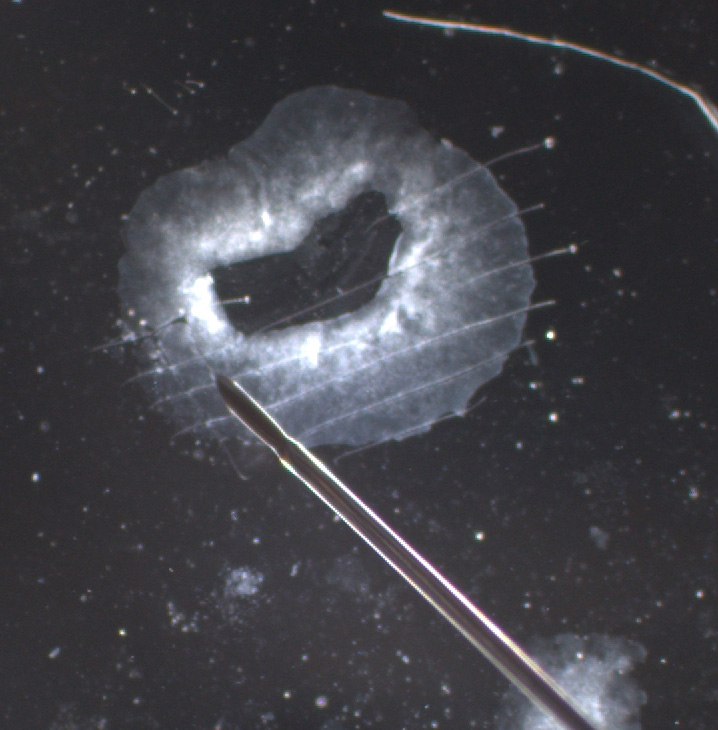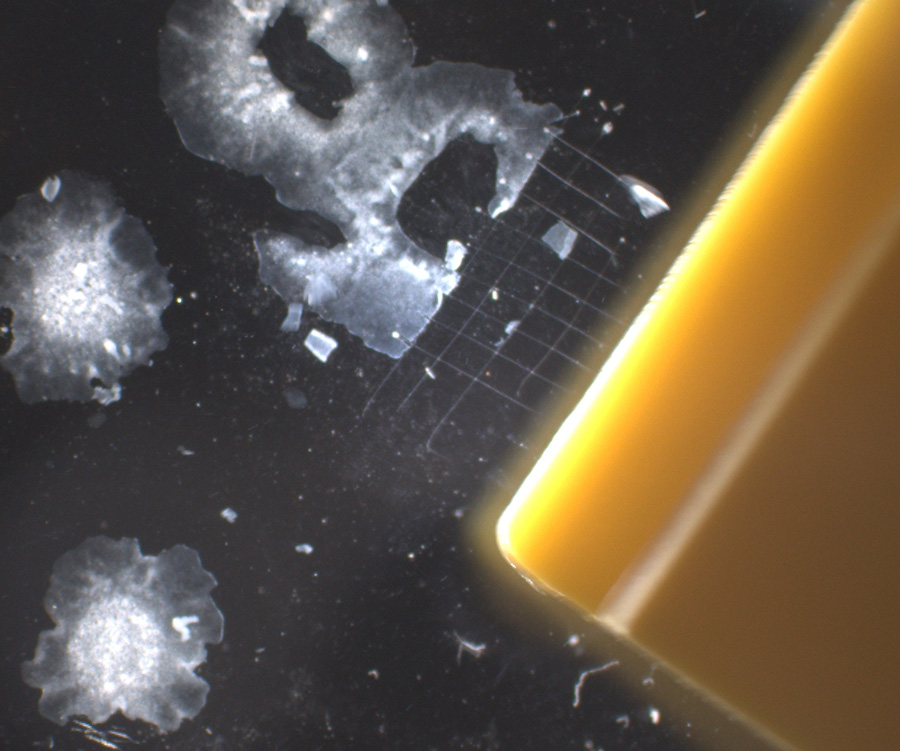Today, we need to passage the first, more established plate – Dish #2. The first passage is always a little risky as it takes skill to ensure attachment of the passaged cells will occur. It is also a little more complex, as we have a lower number of colonies due to low number of initial PBMCs (due to my early media wash error).
As such Ash has kindly offered to do the first passage to ensure viable colonies moving forward. I will passage Dish #1 tomorrow as the colonies need a little more time to grow.
We are using the dispase method to passage the cells as this will enable a careful selection of iPSC-like cells only. This involves incubating the cells with the dispase protease to gently dissociate the cells from the coated dish surface. Once the cells are less attached, good iPSC-like cell areas are selected and gridded up into uniformly sized sections using a needle (around 200 – 500 microns in size = 500 – 1000 cells).



Once colonies are gridded into sections, they are gently removed with a spatula. The aim is to maintain the cells in sections so that they will be more likely to attach and grow new colonies.


Once the desired areas have been lifted with the spatula, the cell clusters are swirled together and collected with a pipette for transfer into a new Petri dish.


Once transferred, the cell sections are dispersed throughout the plate to avoid clustering of colonies. At this stage, we will hold on to the parent plate until we are sure that the cell sections have attached.
